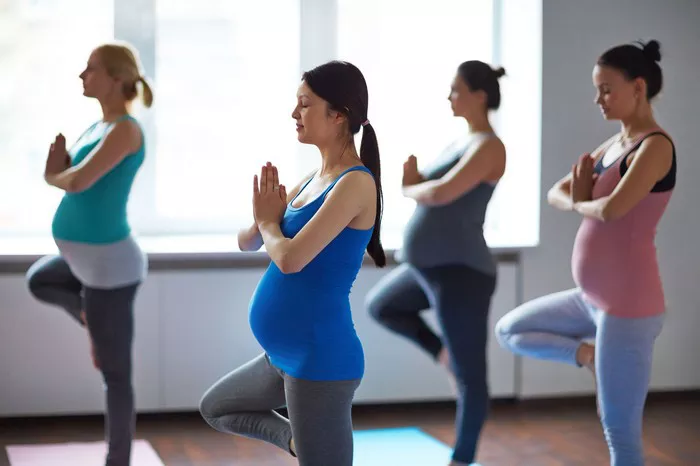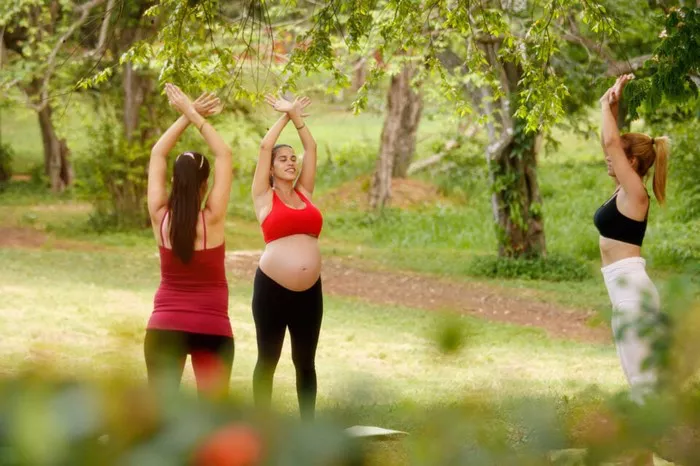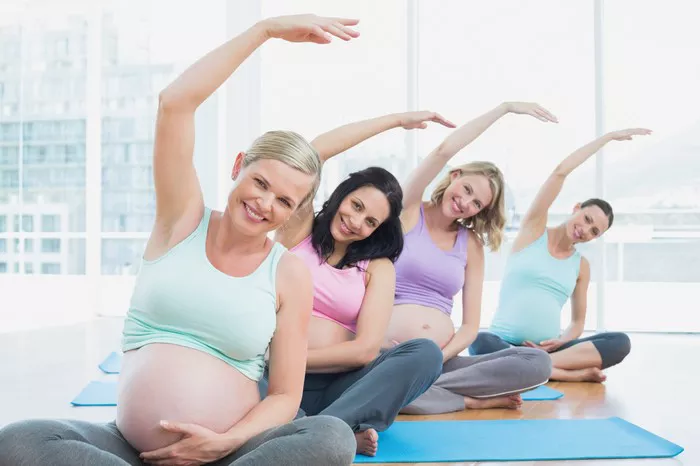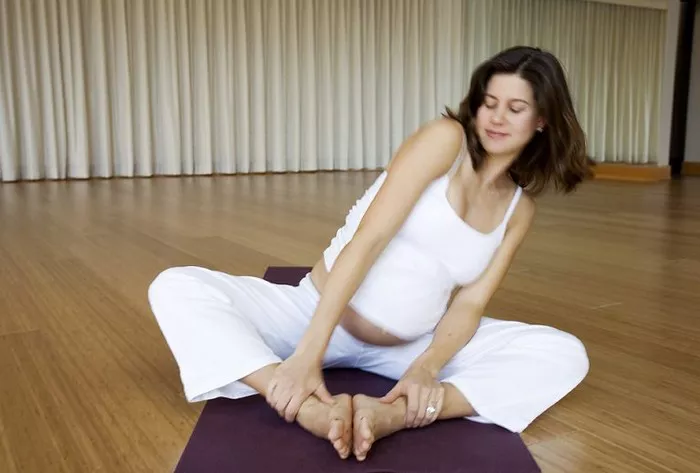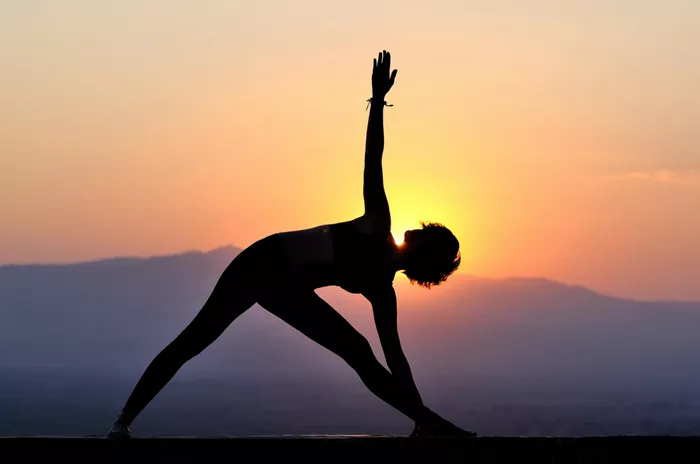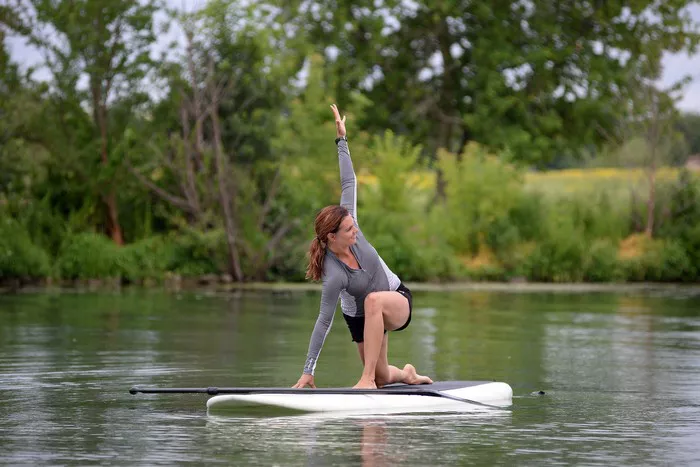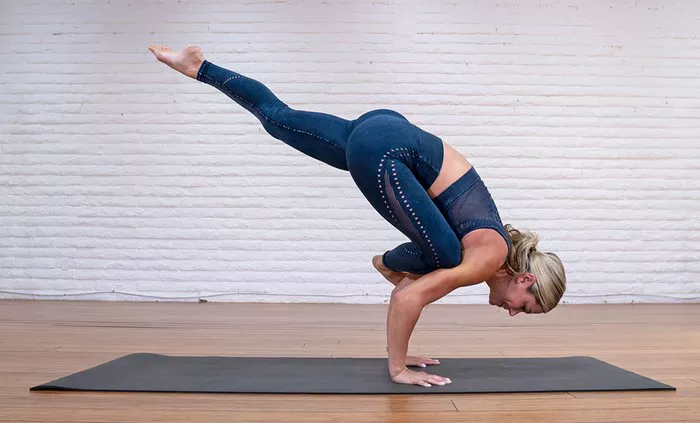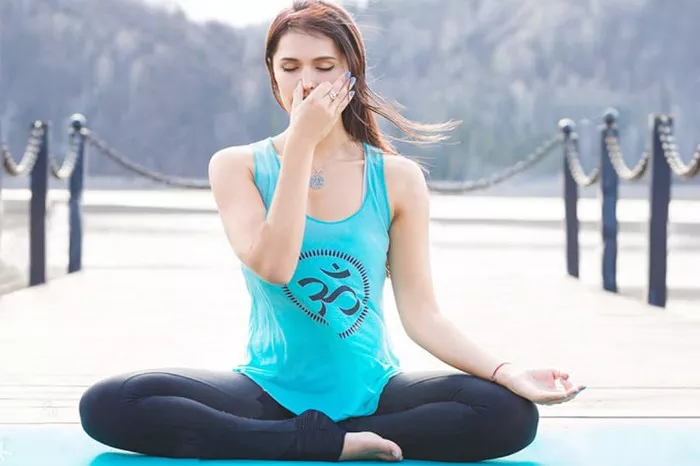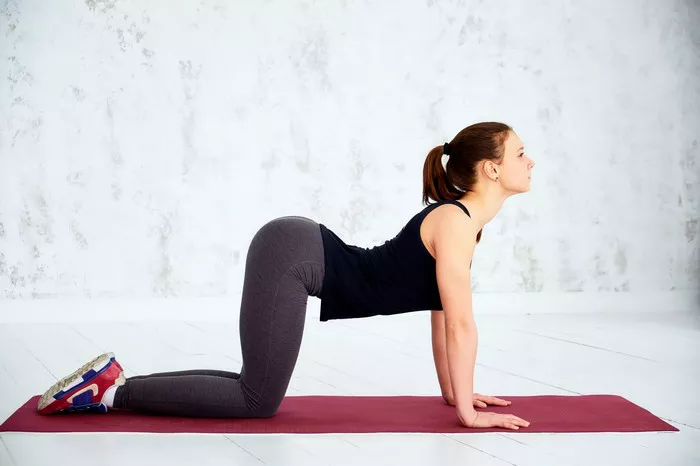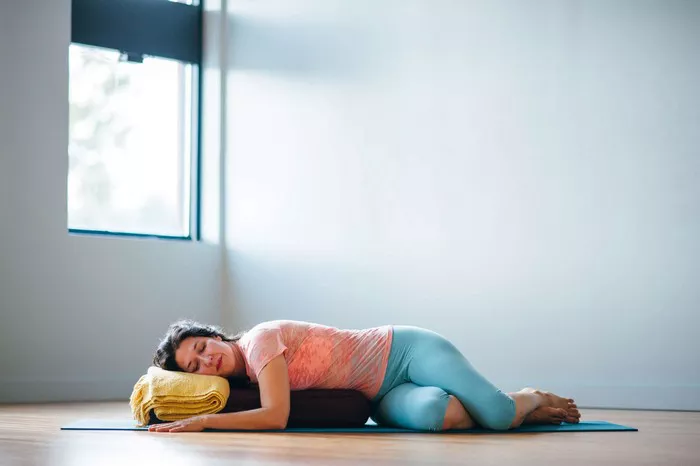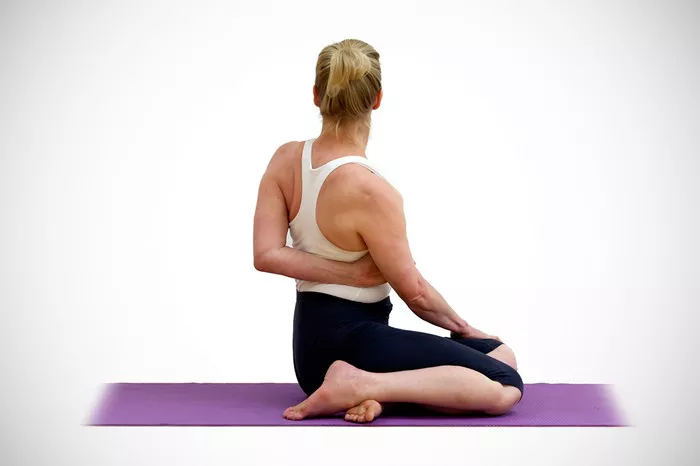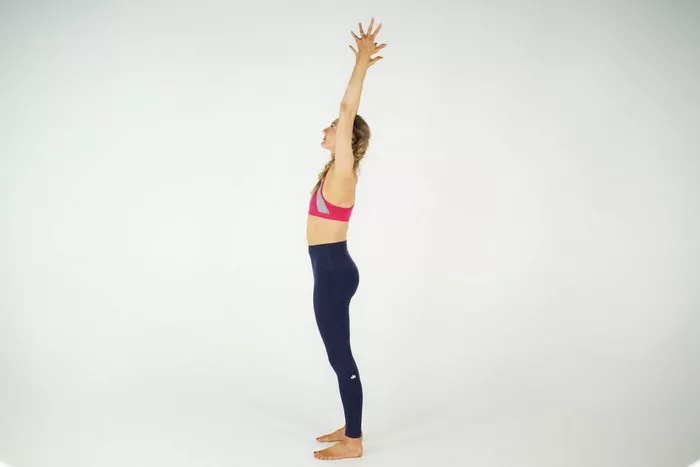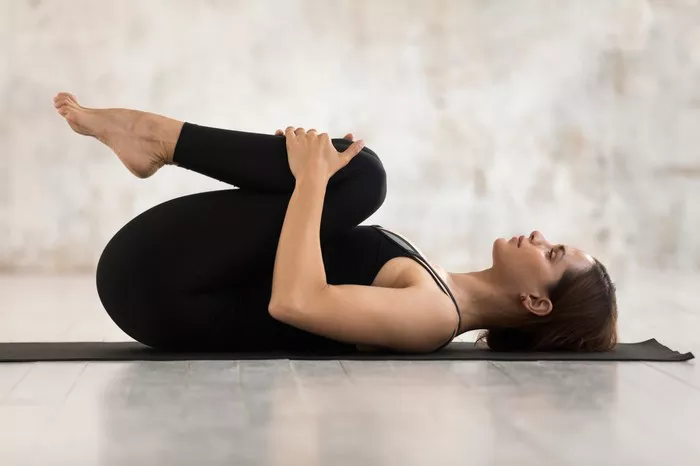Yoga is not only about physical postures but also about connecting the mind, body, and spirit. One of the fundamental poses in yoga, which holds significant benefits for both the body and mind, is the Butterfly Pose, or Baddha Konasana. It’s a simple yet effective asana that can be practiced by yogis of all levels, from beginners to advanced practitioners. However, many people often wonder, “How long should I hold Butterfly Pose to experience the full benefits?”
In this article, we’ll explore the correct duration for holding Butterfly Pose, its benefits, how to perform it correctly, and tips for integrating it into your yoga practice.
Understanding Butterfly Pose (Baddha Konasana)
Before delving into the specifics of how long to hold Butterfly Pose, let’s first understand what this pose is and why it’s so popular in yoga practice.
Baddha Konasana, often referred to as the Bound Angle Pose or Butterfly Pose, is a seated posture where the soles of the feet come together and the knees fall outward toward the floor. This position resembles the wings of a butterfly, which is how the name “Butterfly Pose” came into being. The hands usually hold the feet or ankles to deepen the stretch.
This pose is widely practiced in various styles of yoga because it stretches the hips, groin, and thighs while helping to improve flexibility, posture, and circulation. Additionally, it calms the mind, relieves tension, and promotes mindfulness.
The Benefits of Butterfly Pose
To understand how long you should hold the pose, it’s essential to grasp its benefits. Regular practice of Baddha Konasana provides a variety of physical and mental health benefits, which include:
Opens the Hips: Butterfly Pose is an excellent hip opener. The position of the feet and knees helps stretch the inner thighs, groins, and hip flexors. For those who sit for long periods or have tight hips, this pose can significantly increase mobility.
Stretches the Inner Thighs and Groin: The action of bringing the feet together and pressing the knees toward the floor engages the inner thighs and groin muscles. This can help improve flexibility in these areas, which is essential for other yoga postures, particularly standing poses.
Improves Circulation: As the hips open and the chest lifts, this pose helps promote better blood circulation, particularly to the lower body. This is beneficial for individuals who experience poor circulation in their legs.
Relieves Tension: By focusing on deep breathing and maintaining the pose, you can release mental and physical tension, particularly in the lower body. This can help alleviate stress and anxiety, fostering a sense of relaxation and calm.
Enhances Posture: The Butterfly Pose can help improve posture by promoting awareness of alignment. Sitting upright in this pose can teach you how to align the spine correctly, which can be beneficial for overall spinal health.
Stimulates the Abdominal Area: The position of the body in Butterfly Pose helps stimulate the abdominal organs. This can aid digestion and support the release of toxins from the body.
Increases Flexibility: Regular practice of Butterfly Pose increases flexibility, particularly in the hips, inner thighs, and lower back. Flexibility is essential for maintaining joint health and preventing injury in both yoga and daily activities.
How Long Should You Hold Butterfly Pose?
The duration for holding Butterfly Pose can vary based on individual flexibility, experience level, and the type of yoga class you’re attending. However, there are general guidelines that can help you determine how long to hold the pose for optimal benefits:
Beginner Practitioners:
If you are new to yoga or have tight hips and thighs, holding Butterfly Pose for 20–30 seconds may be sufficient. This gives your muscles time to adjust to the stretch without overextending them.
Focus on deep breathing, and make sure to relax into the stretch rather than forcing your knees to touch the floor. With time and regular practice, you can gradually increase the duration.
Intermediate Practitioners:
For those who have been practicing yoga for a while and have developed a certain level of flexibility, holding the pose for 1–2 minutes is ideal. This allows you to deepen the stretch and increase the flexibility in your hips and inner thighs.
During this time, aim to maintain steady and controlled breathing. You may also use props such as yoga blocks or blankets under the knees if you want extra support and to avoid strain.
Advanced Practitioners:
Advanced practitioners can hold Butterfly Pose for 3–5 minutes or even longer, depending on their comfort level and the specific goals of their practice. This extended hold allows for a deeper release in the hips and groin.
Advanced practitioners often focus on creating a deeper sense of relaxation while holding the pose, allowing the body to release tension fully. This requires a high degree of mindfulness and the ability to stay relaxed in the stretch.
Factors Affecting Duration
The amount of time you should hold Butterfly Pose also depends on several factors. These include your physical condition, yoga experience, and goals. Here are some factors that may influence how long you hold the pose:
Flexibility: If you have tight hips or are new to yoga, it’s okay to hold the pose for a shorter duration, gradually increasing the time as your flexibility improves.
Comfort: Pay attention to how your body feels in the pose. If you feel sharp pain or discomfort, it’s important to release the pose immediately. There should be no pain in any yoga pose, only gentle stretching.
Breath: In yoga, the breath is a key factor in extending the duration of the pose. As you deepen your breath, you can hold the pose for longer periods, releasing tension and allowing your muscles to relax into the stretch.
Personal Goals: Your personal yoga goals will also dictate how long you hold the pose. If your goal is to improve flexibility, longer holds may be more beneficial. If you are seeking relaxation, a shorter hold with a focus on mindfulness may be sufficient.
Tips for Performing Butterfly Pose Correctly
To maximize the benefits of Butterfly Pose and ensure that you are practicing it correctly, here are some helpful tips:
Sit Upright: Begin by sitting with your spine straight and your legs extended in front of you. Bring the soles of your feet together and allow your knees to fall out to the sides. Ensure that your spine is tall and long throughout the pose to avoid collapsing the chest.
Engage the Core: Gently engage your core muscles to support your lower back. This helps you maintain an upright posture and prevents rounding of the spine.
Feet Positioning: Keep your feet close to your body, not too far away, to prevent strain. If you want to deepen the stretch, gently press your feet into each other while keeping the knees relaxed and open.
Gentle Pressure on the Knees: If you want to deepen the stretch in the groin, gently press your knees down toward the floor with your elbows. However, never force the stretch. It’s important to listen to your body and move within a comfortable range.
Breath Awareness: Inhale deeply to lengthen the spine and exhale slowly to deepen the stretch. The breath helps you relax into the pose and release tension. Use the breath to stay present and calm while holding the pose.
Props: If your knees are far off the floor, use props like yoga blocks or cushions underneath the knees to provide support. This helps you relax and prevents straining the groin muscles.
Mindfulness: Yoga is as much about mental focus as it is about physical movement. Maintain mindfulness in the Butterfly Pose by focusing on your breath and being aware of any sensations in your body. This practice enhances the overall benefits of the pose.
Common Mistakes to Avoid
While Butterfly Pose is relatively simple, there are a few common mistakes that beginners may make. Here are some things to watch out for:
Slouching the Back: Ensure that your spine remains tall. Slouching or rounding the back can lead to discomfort and may reduce the benefits of the pose.
Forcing the Knees Down: Never force your knees to the ground. Pushing too hard can cause strain in the hips and groin. Allow the stretch to happen naturally over time.
Holding the Pose Without Breathing: Forgetting to breathe deeply can make it harder to relax into the stretch. Always focus on steady, deep breaths to help your body release tension.
Tightening the Jaw or Face: Tension can spread throughout the body, including the face. Try to keep your jaw relaxed and avoid clenching.
Conclusion
The duration for holding Butterfly Pose depends on your level of flexibility, experience, and personal goals. For beginners, holding the pose for 20–30 seconds is enough, while more advanced practitioners may hold it for 3–5 minutes. As you deepen your practice, gradually increase the time spent in the pose to experience greater flexibility, relief from tension, and improved circulation.
Ultimately, the most important factor in holding Butterfly Pose is not the time but the mindfulness and awareness you bring to it. Listen to your body, breathe deeply, and honor your own limits. Whether you’re using the pose for physical benefits, mental relaxation, or spiritual connection, take the time to enjoy the process and deepen your connection with your practice.
Related Topics:

